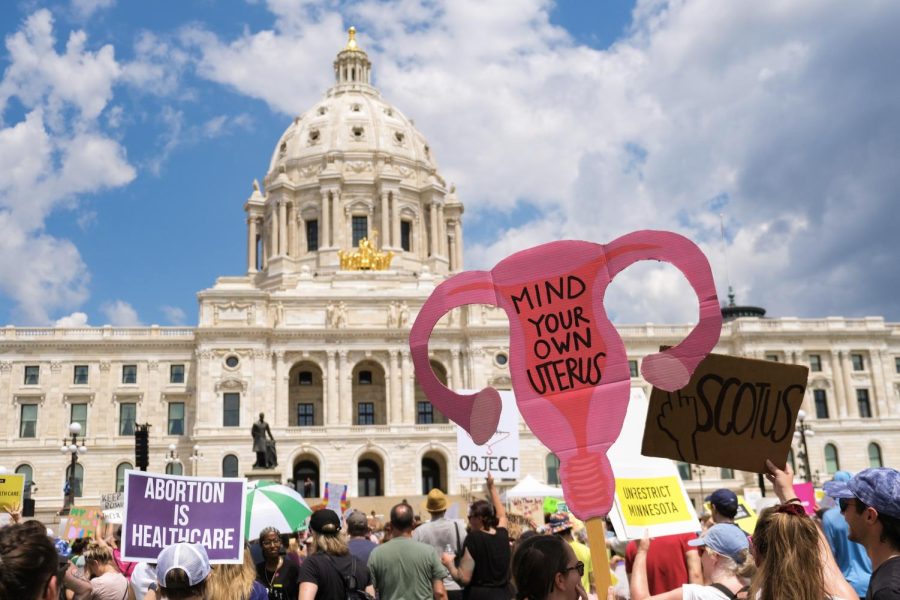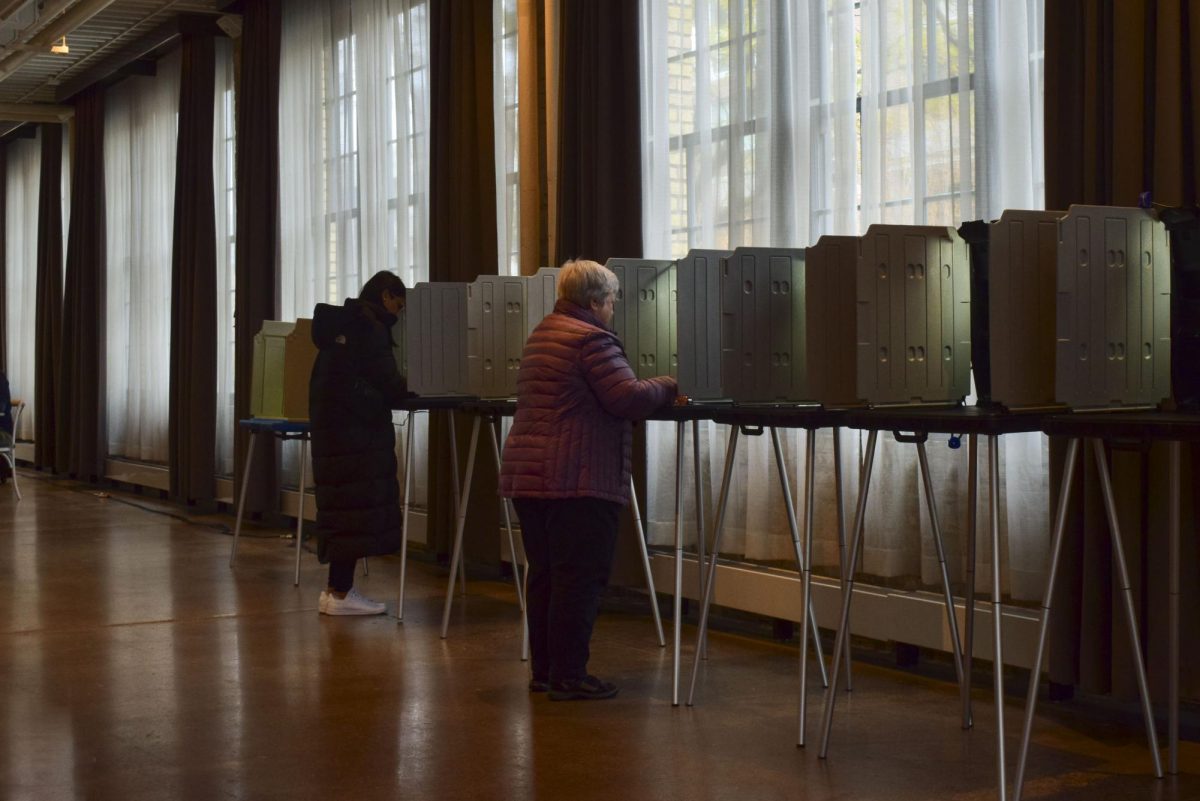NEW YORK (AP) âÄî Investors pounced on fresh signs Wednesday that the economy’s slide might be starting to slow. Stocks rose more than 1 percent, including the Dow Jones industrial average, which jumped 130 points. The government reported that February brought increases in demand for big-ticket manufactured goods and higher sales of new homes. Both readings came in better than expected. Data on durable goods orders can be fickle, and February home sales were still the second-worst on record. But many traders are relieved simply to see even modest signs that the economy could be halting its descent. Economists’ expectations have been so grim lately that surprising reports on retail sales, housing starts and inflation have helped propel a two-week rally in stocks after the numbers weren’t as bad as feared. The numbers Wednesday extended that run. “In every other environment this would be OK news but given the enormous level of pessimism, the hurdle is as low as a limbo stick,” said Jack A. Ablin, chief investment officer at Harris Private Bank in Chicago. “Relative to expectations, this is fantastic news.” In early afternoon trading, the Dow rose 130.62, or 1.7 percent, to 7,790.59. The Dow had been up about 200 points at its high of the day. The blue chips fell nearly 116 points on Tuesday and surged almost 500 on Monday. Broader stock indicators also rose. The Standard & Poor’s 500 index rose 11.07, or 1.4 percent, to 817.32, and the Nasdaq composite index rose 18.40, or 1.2 percent, to 1,534.92. The Russell 2000 index of smaller companies rose 11.05, or 2.7 percent, to 427.83. More than five stocks rose for every one that fell on the New York Stock Exchange, where volume came to 719.8 million shares. Bond prices fell. The yield on the benchmark 10-year Treasury note, which moves opposite its price, rose to 2.73 percent from 2.71 percent late Tuesday. The yield on the three-month T-bill, considered one of the safest investments, rose to 0.20 percent from 0.17 percent Tuesday. The dollar was mixed against other major currencies, while gold prices rose. Oil fell $1.03 to $52.95 a barrel on the New York Mercantile Exchange. Orders at U.S. factories for cars, airplanes, household appliances, furniture and other large goods rose 3.4 percent last month, far better than analysts’ forecast of a drop of 2 percent. The increase was the biggest in 14 months and breaks a streak of six straight monthly drops. However, a large drop in orders in January was revised even lower. New home sales rose 4.7 percent in February to a seasonally adjusted annual rate of 337,000. The month was still the worst on records dating to 1963. Economists surveyed by Thomson Reuters had expected February sales to fall to a pace of 300,000 units. Ablin warned that investors risk getting burned if they ratchet up all of their predictions about the pace of a recovery. Bad readings on the economy could easily endanger the roughly 20 percent rise in stocks since March 9. “There is no doubt if expectations rise too quickly we could be in for some disappointments in the near future,” Ablin said. “We have to handle things with a fair degree of cautious optimism and try to keep everything in perspective.” Big problems have to be resolved before the economy can untangle itself from the deep recession. The nation’s unemployment rate of 8.1 percent is the worst since the difficult recession of the early 1980s. And home prices are still falling in many areas even as sales show some tentative signs of stability. That puts homeowners at risk of owing more on their homes than they are worth. That in turn could bring more troubles for banks already saddled with bad mortgage debt. Overseas, Japan’s Nikkei stock average slipped 0.1 percent. Britain’s FTSE 100 fell 0.4 percent, Germany’s DAX index rose 0.8 percent, and France’s CAC-40 rose 0.5 percent.
Stocks climb as economic data again top forecasts
Stocks rose more than 1 percent, including the Dow Jones industrial average, which jumped 130 points.
Published March 25, 2009
0
More to Discover







